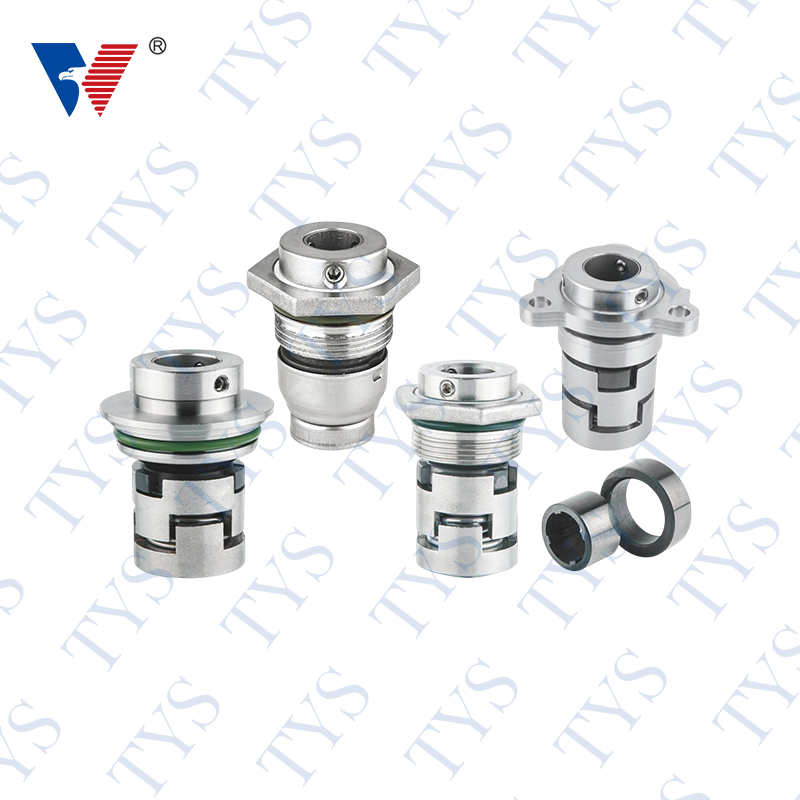A Pump Seal is used to protect the pump's shaft and housing
Author:admin Date:2022-07-11
Types of Pump Seals
A Pump Seal is used to protect the pump's shaft and housing. It consists of two faces, one stationary and the other rotating. Both surfaces are smooth, preventing friction, and both are attached to the pump's housing or shaft by flexible "boots." Secondary seals are made from elastomer or a flexible metal bellows. Some use Teflon, but these are difficult to install. They are used to prevent liquid from entering the pump, thereby ensuring efficient pump operation.
Single mechanical seals are the most common type of pumps. The mechanical seal keeps the pumped fluid inside the pump's casing, while allowing the shaft to spin and the impeller to work. This ensures the integrity of the seal, which is especially important if the fluid being pumped is toxic, flammable, or corrosive. In addition, they are usually less expensive than other types of seals. The mechanical seal is the most widely used type of pump seals because of their simplicity and low cost.
While selecting a Pump Seal, it is important to keep in mind its operating conditions. Vibrations are caused by a variety of factors. Some may be associated with bearings and alignment problems. However, vibrations can be indicative of mechanical seal leaks. While these leaks are relatively easy to fix, repeated problems are usually a sign that the seal is faulty. For this reason, it is important to monitor vibrations and repair them immediately.
The pH level of the system should be maintained between 7.0 and 9.0 for optimum pump performance. Using a carbon-ceramic seal material in this case may cause the pH to exceed the specification range. If the pH is too high for the pump seal, it is important to replace it with another material, such as EPR/Carbon/Tungsten Carbide (TC) or Silicon Carbide. There are some manufacturers that recommend using these materials with other types of pump seals.
Plan 11 is the most common flush plan. It takes fluid from the intermediate stage and discharge of the pump and directs it to the seal chamber via an orifice. A side stream is used to lubricate and cool the seal faces, and should have a higher pressure than the pump impeller. Plan 11 is easy to install and is a great option when flushing is required. There are several other pump seal flush plans. If you have a question about which one is right for your application, consider the information presented below.
Changing the seal face is the most economical and simple solution if the liquid is mildly abrasive. However, if the liquid contains a lot of suspended solids, it can erode the mechanical seal and cause it to leak. Fortunately, there are many methods to make these parts more lubricated, including the use of impregnated silicon carbide faces. When considering pump seal replacement, consider the following tips.
copy.png)
copy.png)



 English
English 中文简体
中文简体








.png)







